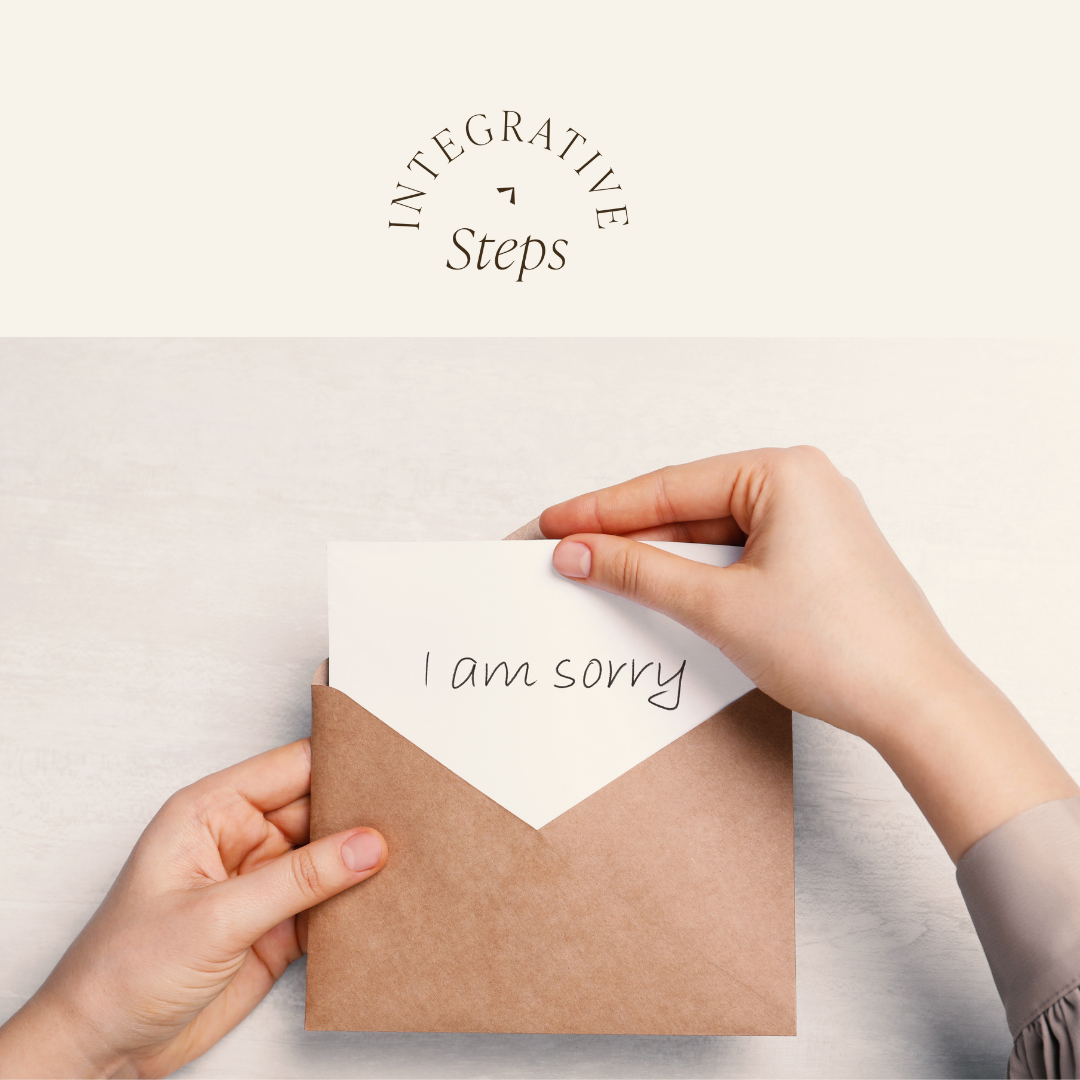How to Apologize Authentically and Heal Your Relationships
By following these three tips for apologizing authentically, you will be able to apologize in a way that heals and restores your relationships

By following these three tips for apologizing authentically, you will be able to apologize in a way that heals and restores your relationships

We all make mistakes. We all hurt others, intentionally or unintentionally. We all need to apologize at some point in our lives.
But not all apologies are created equal. Some apologies are sincere and heartfelt, while others are insincere and hollow. Some apologies heal and restore relationships, while others damage and destroy them.
How can we apologize authentically and effectively? How can we express our regret and remorse in a way that the other person can feel and accept? How can we repair the trust and connection that we have broken?
By following these tips, you will be able to apologize in a way that honors yourself and the other person, and that fosters healing and reconciliation.
The first tip for apologizing authentically is to take responsibility for your actions and their impact. Own it when you recognize your role in a situation and express that without using defense mechanisms or excuses. It can go a long way in healing those circumstances.
Taking responsibility means acknowledging what you did wrong, how it affected the other person, and why it was not acceptable. It also means avoiding vague or evasive language, or wording an apology in a way that minimizes the offense or questions whether the victim was really hurt.
“Expressing regret should be direct and unambiguous. For instance, replace ‘I’m sorry if you felt hurt by what I said’ with a more straightforward ‘I apologize for the pain my words caused you.’ Instead of ‘I’m sorry you took it the wrong way,’ opt for ‘I regret my insensitivity and any offense caused.’ And rather than ‘I’m sorry, but you also did this,’ it’s better to separate the issues: ‘I apologize for my actions. Let’s discuss your concerns independently.’”
The second tip for apologizing authentically is to express remorse for what you have done. Remorse is a genuine emotion that shows that you are sorry for what you have done, not just for the consequences or the reactions. Remorse is such an authentic emotion and people can tell whether or not you have true, genuine remorse.
Expressing remorse means saying “I’m sorry” sincerely and clearly. It also means showing empathy for the other person’s pain and suffering. It also means avoiding rationalizing, justifying, or blaming your actions on external factors or circumstances.
For example, instead of saying “I’m sorry, but I was stressed out and tired”, say “I’m sorry, there is no excuse for what I did”. Instead of saying “I’m sorry, but you know how I am”, say “I’m sorry, I need to work on myself”. Instead of saying “I’m sorry, but it was not a big deal”, say “I’m sorry, I realize how much it hurt you”.
Expressing remorse shows that you care about the other person and their well-being. It also shows that you regret your actions and wish you could undo them. It also shows that you value the relationship and want to make amends.
The third tip for apologizing authentically is to offer restoration for the damage you have caused. Restoration is a concrete action that shows that you are willing to do something to help fix the situation, to help the other person heal, or to prevent the same mistake from happening again. Restoration is often what makes an apology complete and effective.
Offering restoration means asking the other person what they need from you to move forward. It also means listening to their requests and respecting their boundaries. It also means following through on your promises and commitments.
For example, if you have lied to someone, you can offer restoration by telling them the truth, by being more honest and transparent in the future, or by seeking professional help if you have a lying problem. If you have broken something that belongs to someone else, you can offer restoration by paying for the repair or replacement, by giving them something else of value, or by doing something nice for them. If you have hurt someone’s feelings, you can offer restoration by apologizing in front of others who witnessed it, by writing them a heartfelt letter or card, or by doing something thoughtful for them.
Offering restoration shows that you are serious about your apology and that you are willing to make up for your mistake. It also shows that you are committed to improving yourself and the relationship. It also shows that you are generous and compassionate.
Apologizing is an art form. It’s not easy, it takes practice, and it absolutely begins with a genuine heart. By following these three tips for apologizing authentically, you will be able to apologize in a way that heals and restores your relationships. You will also be able to grow as a person and as a partner.
Remember, the key to a good apology is to take responsibility, express remorse, and offer restoration. These three elements will make your apology sincere, meaningful, and effective.